Left To Die on the Road, She Became ‘Maai’ to Thousands. Her Daughter Is Keeping That Legacy Alive
“Her family abandoned her in her ninth month of pregnancy. They left her at the side of a road to die. The stress induced labour pain. After delivery, when she looked around for something to cut the umbilical cord with, the only available tool was a sharp stone. She used it.”
It’s distressing for Mamata Sapakal to relive the gruesome conditions in which she was born. But she does it to underscore how her mother, Sindhutai Sapakal, went on to create a legacy of love despite the agony she was put through. Her lived reality did not make her cynical towards life; it softened her stance.
Hailed as the ‘mother of orphans’, Sindhutai was a human metaphor of love. While on paper, she was a mother to four children, in reality, her brood expanded to the thousands left at the doors of the sanstha (orphanage) that she’d been running in Pune since 1998. The space’s genius lay in the access that it granted to every child, irrespective of background, becoming a lifeline that cocooned them in a family-like love.
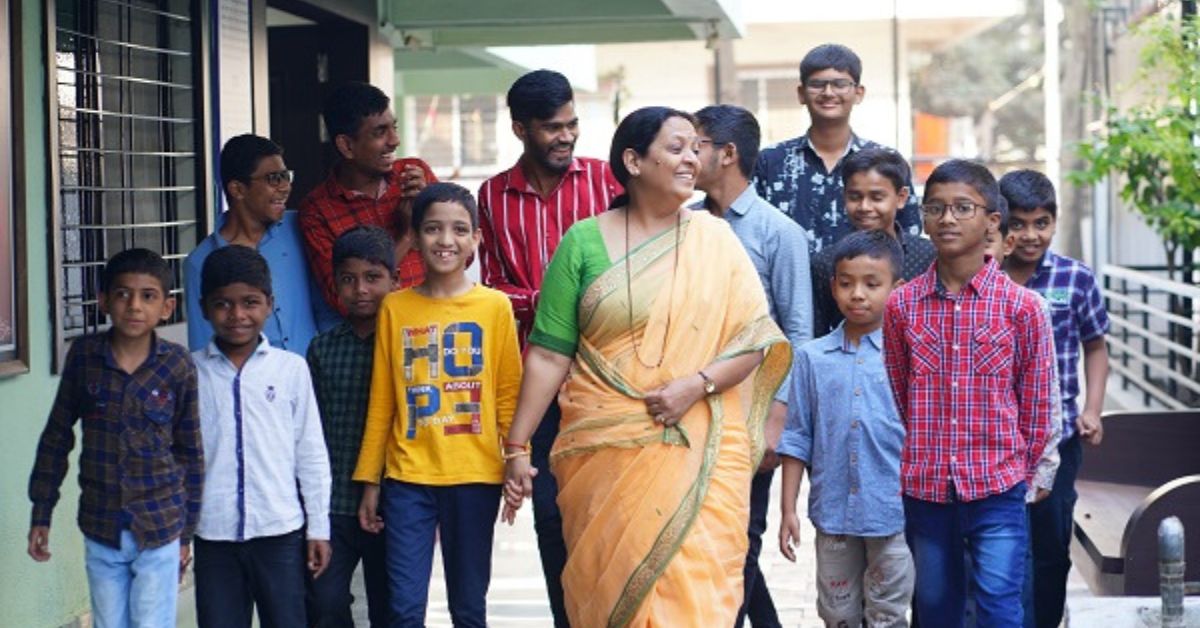 Mamata Sapakal oversees the operations of the Sindhutai Sapakal Foundation after her mother passed away in 2022
Mamata Sapakal oversees the operations of the Sindhutai Sapakal Foundation after her mother passed away in 2022
When Sindhutai passed away in 2022, her loss was mourned by the thousands who called her maai (mother).
Today, her legacy lives on in the work of her daughter, Mamata.
Left to die on a roadside
For most of her life, Mamata studied at a hostel. But fascination would colour her return trips home (Sindhutai and Mamata lived in the sanstha after being ostracised from the family), when she’d hear a hundred-odd children referring to her mother as ‘maai’. “I never questioned it; I just assumed the life script God had written meant she was to have this role,” Mamata reasons.
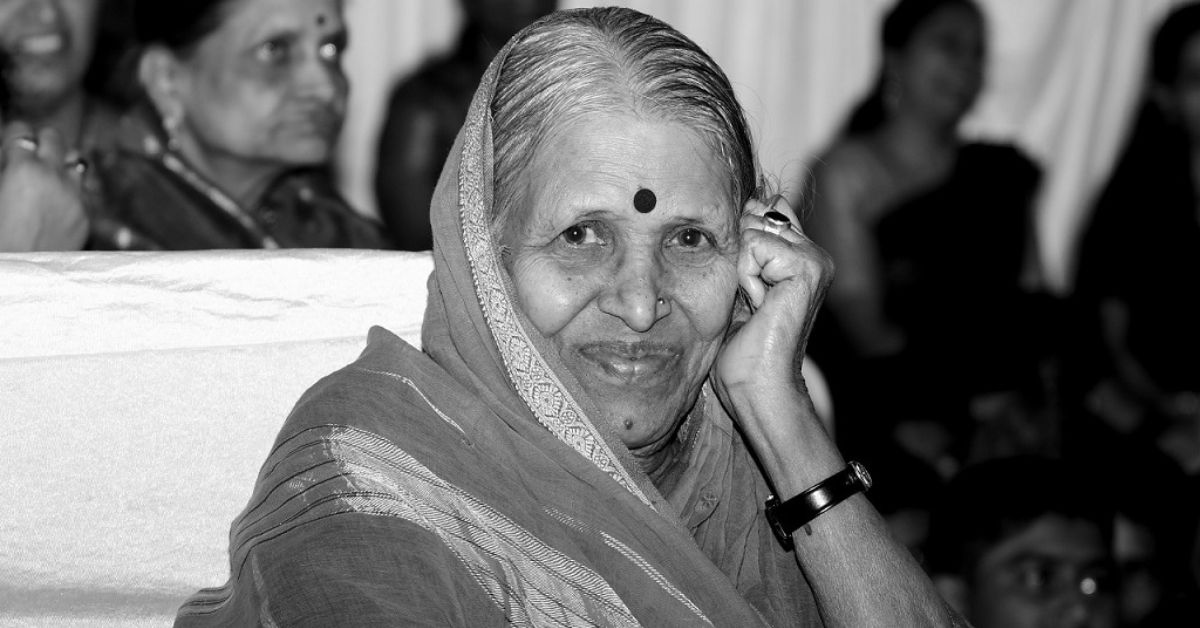 Sindhutai Sapakal nurtured thousands of orphans through her orphanage in Pune
Sindhutai Sapakal nurtured thousands of orphans through her orphanage in Pune
No one who experienced Sindhutai’s boundless love would guess that it was chiselled by the lack of it. “My mother studied till Class 4. She spent half her day in school and the other half herding the cows,” Mamata adds, explaining that when Sindhutai was 12 years old, she was married off.
At a tender age, she bore three children. Around the time she was expecting her fourth — Mamata — Sindhutai noticed that she, along with the other women who collected dried cow dung, were being unfairly paid. The contractors did not take too kindly to her whistle-blowing and started debilitating her image. They maligned her name, and soon the entire village was questioning the legitimacy of the child in her womb.
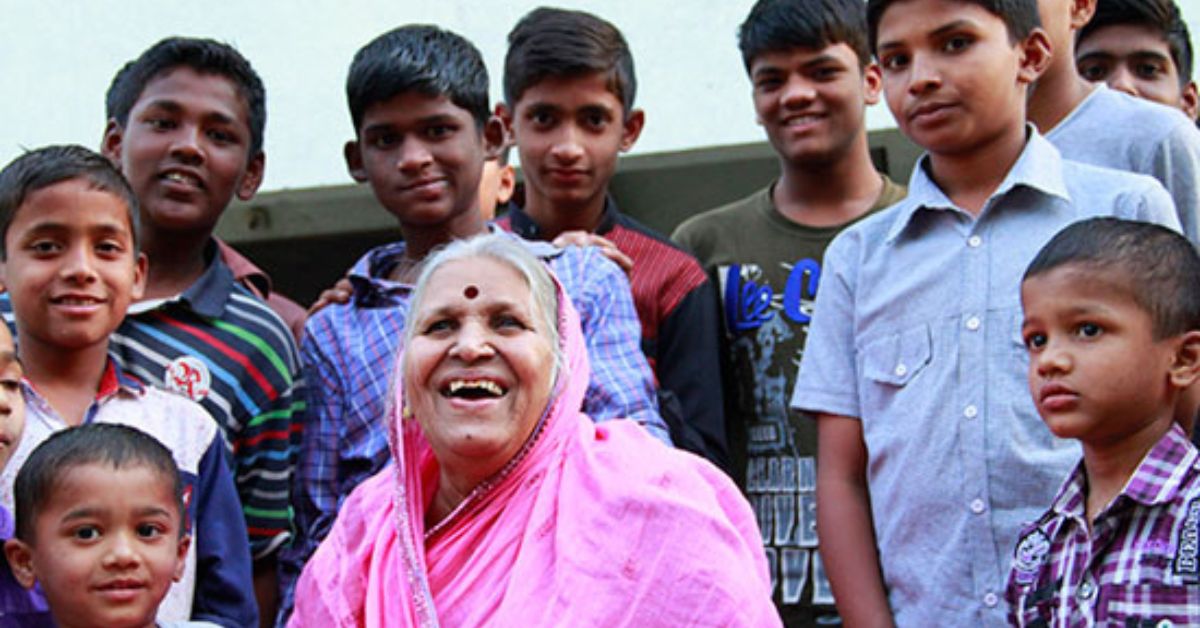 Sindhutai was a victim of child marriage when she was 12 years old and survived numerous challenges before she started her sanstha in Pune
Sindhutai was a victim of child marriage when she was 12 years old and survived numerous challenges before she started her sanstha in Pune
In her ninth month of pregnancy, Sindhutai was dumped by the side of a road. “Everyone who knew her thought she had died,” recalls Mamata, who had heard her mother narrate this story on many occasions. For days, her cries lay unanswered.
Then, one morning, Sindhutai rose, her infant latched onto her chest, and started begging. Years later, she would recall this moment as the inflexion point that charted the rest of her journey.
Her willpower was tested during the years that followed.
“Once she saw a dead body burning. The last rites were over, and the relatives of the departed had left. They had left some flour as part of the last rituals for the departed soul. She took that flour, prepared a bhakari (flatbread), and baked it on the fire, which was still consuming the dead body,” Mamata shares. The cruelty Sindhutai saw snapped awake in her a compassion.
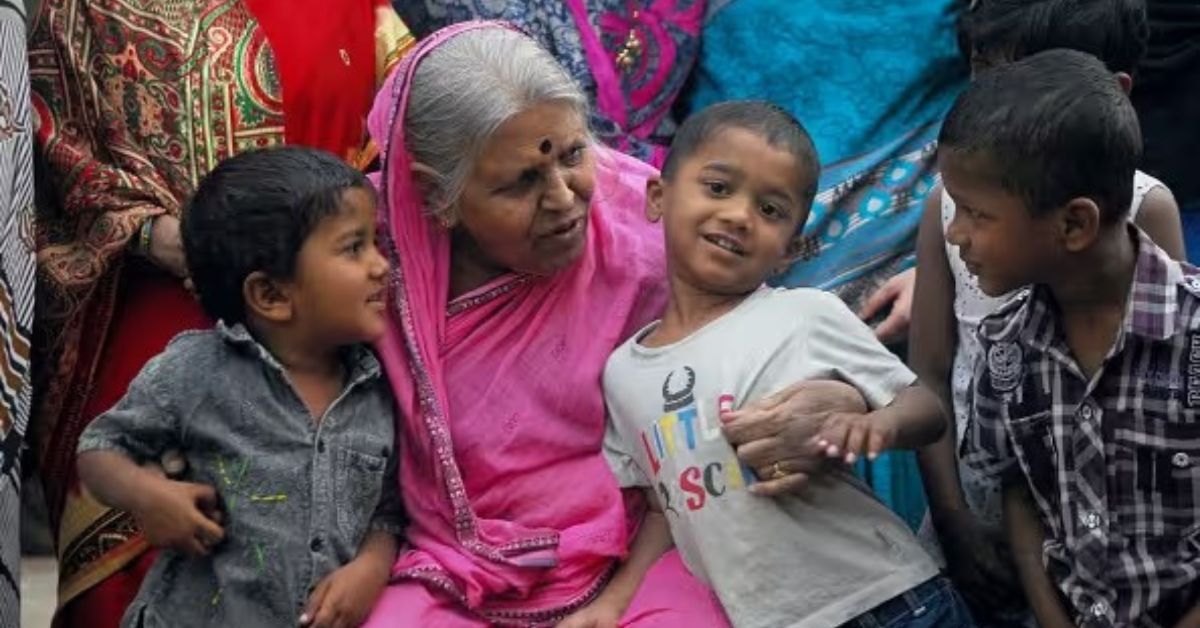 Sindhutai always encouraged the orphans she mentored to study hard and rise to positions where they could help empower society
Sindhutai always encouraged the orphans she mentored to study hard and rise to positions where they could help empower society
Her resources were meagre, but every time she saw a child beg, Sindhutai would lean into her maternal instinct and take them under her wing. “Her philosophy was: I want to give whatever I did not get — whether it was amenities or love,” Mamata explains. She was stoic, living life as an article of faith, and she instilled these values in the orphans she nurtured.
One of those children was Manju Shah Gopal Gaikwad, who now leads change as the sarpanch (village head) of Kumbharvalan village in Pune. For her, it’s a full-circle moment. Growing up, she often heard Sindhutai speak about how the sanstha evolved under the village’s aegis.
“When food and water rations would run out at the sanstha, the village people would pitch in,” Maai told them. “When I became sarpanch, she reminded me that it was now time for me to help them in my capacity,” Manju shares. The self-help groups spearheaded by Manju, directed towards the empowerment of women, stand as her fulfilled promise to Sindhutai.
Does she miss maai?
“I do, but she lives on in the work that I and her other orphans are doing. She taught us to work for people’s good, to be happy in their happiness,” Manju adds.
‘She fed them, bathed them, and loved them like her own’
Touch was Sindhutai’s love language. She’d bathe the babies brought in with a fondness that Mamata finds tough to articulate in words. “Minutes after a bath, the child would doze off to sleep,” she smiles. “When the children were sick, she would rub balm on their heads, and she would stitch clothes for them like they were her own.”
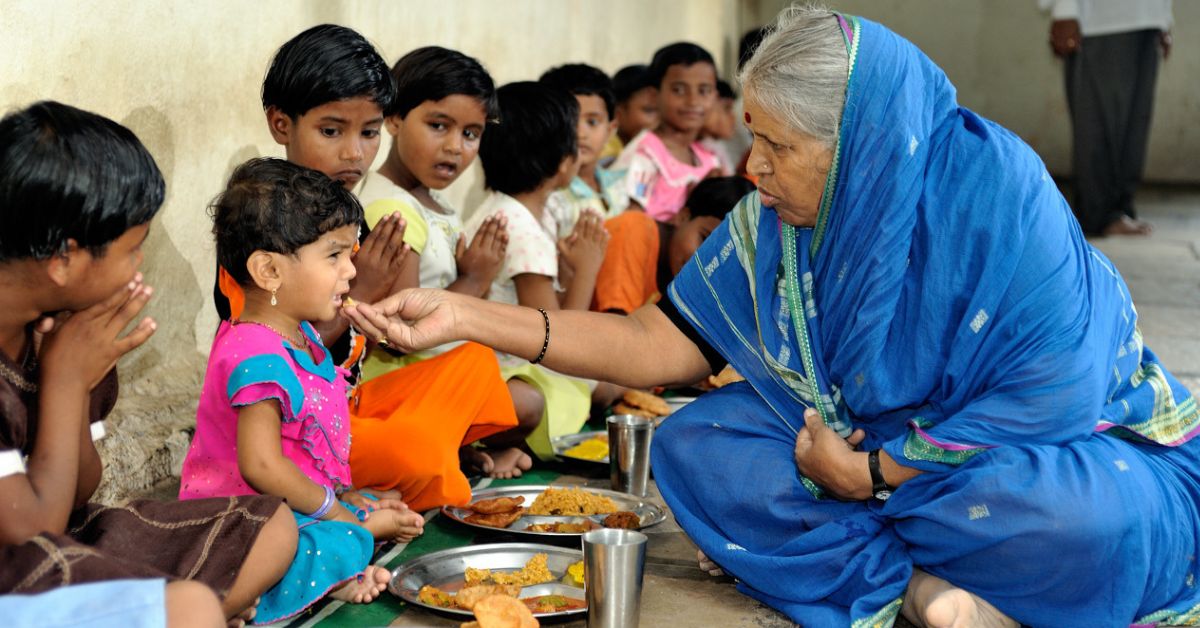 The Sindhutai Sapakal Foundation sees to children’s needs such as food, education, shelter and clothing
The Sindhutai Sapakal Foundation sees to children’s needs such as food, education, shelter and clothing
Sindhutai’s maternal instincts lived in the contours of her saris that cradled babies, in the softness of her hands, and in the hugs of hope she gave the children she looked after.
The bond between her and these children was sacrosanct. That her life was inscribed with pain, only furthered her resolve to go the extra mile for these children.
Marvelling at her mother’s innate compassion, Mamata, who is cut from the same cloth, says these observations formed the scaffolding of her career decisions. After completing her master’s in social work, she decided to join the foundation and lend a hand in her mother’s work.
The foundation’s success can’t be measured by a single parameter. Aside from taking care of the children’s primary needs and giving wings to their dreams, the foundation instils them with lifelong values. Manju, who was left at the orphanage by her paternal grandfather when she was in Class 6, says Sindhutai came to be something of a role model to her.
“My family was poor. Most days, we did not have food. To top that, my being a girl was seen as an added stress. My parents did not want to spend on my food or education because they felt I’d anyway get married and leave someday,” Manju says.
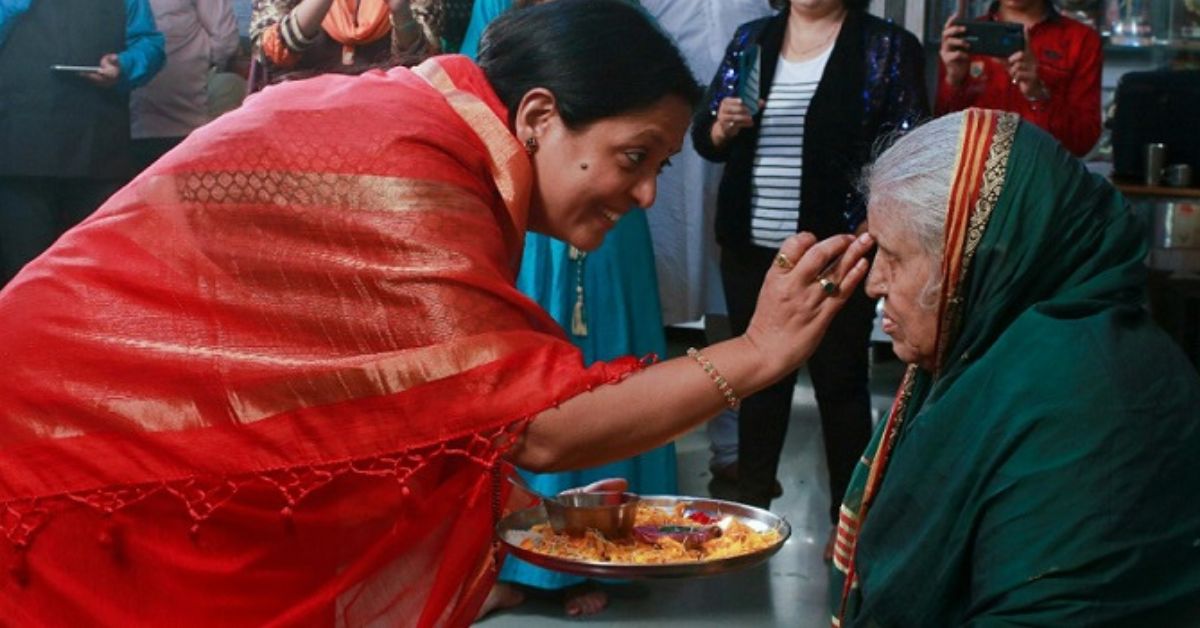 Mamata Sapakal is now continuing the legacy of her mother, Sindhutai Sapakal
Mamata Sapakal is now continuing the legacy of her mother, Sindhutai Sapakal
Sindhutai was the mother Manju never had. In fact, as Mamata points out, Sindhutai was the mother thousands never had. She emphasises that empathy is the crux of every project at the Sindhutai Sapakal Foundation.
Its arms include ‘Sanmati Bal Niketan’ (established in 1998), which provides undulating support to underprivileged children through food, shelter, clothing, education and rehabilitation. It gives them a secure atmosphere for self-development and facilitates their admission into schools and colleges.
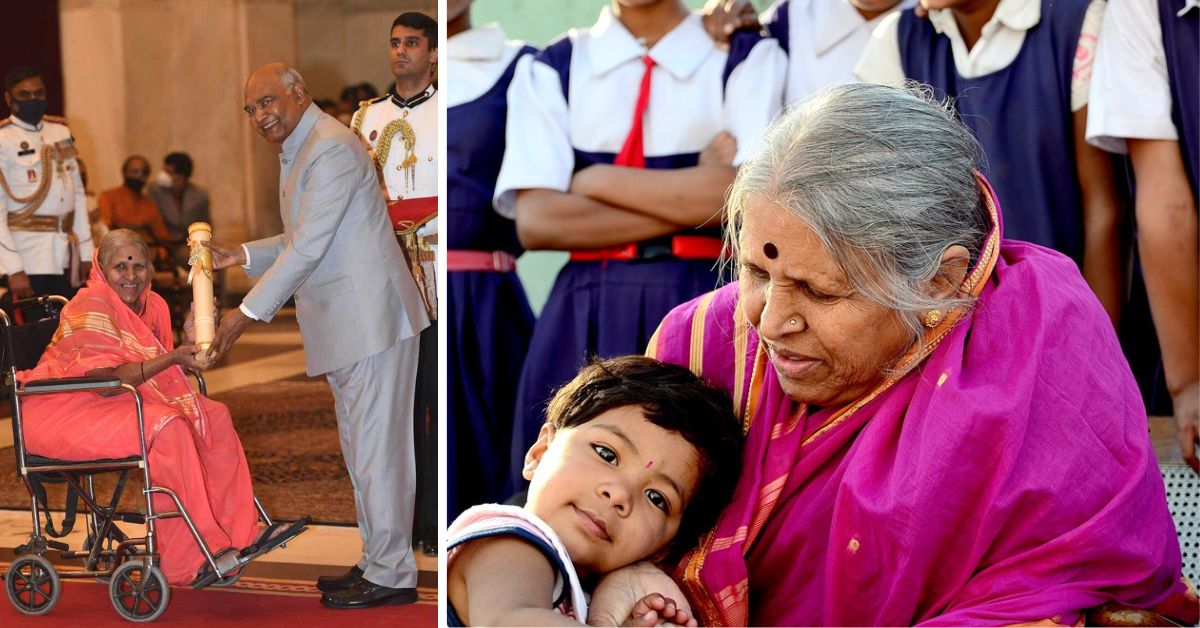 Sindhutai Sapakal was awarded the Padma Shri in 2021
Sindhutai Sapakal was awarded the Padma Shri in 2021
Meanwhile, ‘Gopika Gai Rakshan Kendra’ (established in Wardha in 2007) cares for unproductive, abandoned cows. Additionally, ‘Tirtharup Educational Residential Center’ (started in 2017) is a transitional child shelter for children who are victims of family disruption, neglect or abandonment.
The longevity of this commitment owes to Sindhutai’s unwavering belief in the power of hope. “My mother never made it seem like she was doing something out of the way,” Mamata points out. “Until I was a certain age and had seen the world, I thought this is exactly how every home functions.”
Her humility set Sindhutai apart, and today, even after she’s gone, the silhouette of her legacy lives on.
As Mamata rightly points out, this isn’t just another orphanage. “Yaha rishte bante hai (Here, relationships are formed.)”
Edited by Khushi Arora; All pictures courtesy Mamata Sapakal
News